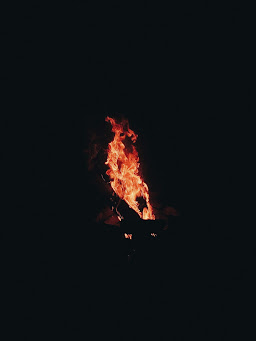5 common reasons for fire sprinkler failures
If you wish to minimize fire’s potentially destructive effect on individuals and assets, there is nothing compared to fire sprinkler systems. Presently, they have evolved as one of the most trusted fire protection systems available apart from fire alarm systems in Glendora and other locations.
NFPA’s (National Fire Protection Association) latest “U.S. Experience with Sprinklers” report reveals that within the period from 2007 to 2011 sprinklers operated in 91% of all reported structure fires, sufficiently large to trigger them. The operations of the sprinklers were effective 96% of the time, leading to a combined performance of operating efficiently in 87% of reported fires where the fire was substantial enough to cause extensive damage.
Now, something must have gone wrong in the 9% of fires in which sprinklers should have operated but they didn’t. Was it negligence in fire sprinkler repair? In maximum instances, human error of some type was to blame. The primary reasons for sprinkler failure are as follows-
Damaged Components
A common nonhuman mistake for sprinkler system failure is damaged components, contributing to 7% of sprinkler system failures. Component damage mostly comprises fires where automatic extinguishing equipment was damaged due to crashes or by the crumble of a ceiling, roof, or the entire property. The sprinkler system is designed to manage a single fire only at a time. However, the severity of explosions or the collapse of structural components of a property is yet to be determined.
Manual Intervention
Manual intervention that causes a fire sprinkler system failure account for 17% of related challenges to operation and is the second-leading cause of sprinkler failures. Either firefighters or building personnel may switch off a system after the fire initiates but before sprinklers operate. This may have occurred if the fire was not traced immediately or was considered to have been extinguished already. Any manual intervention may also occur if a certain kind of obstruction is installed once the sprinkler system has already been installed and the obstruction blocks the fire’s heat from triggering the sprinkler system. It also depends on how close the obstruction is to the sprinkler head, where the obstruction can block the water from reaching the hazard, or deter the sprinkler water release pattern from implementing properly.
System Shutoff
Nearly two-thirds, or 64%, of sprinkler failures, take place as the equipment is powered off. This may happen if a building is vacant or under construction or if there are system issues such as leaks or other damage.
Improper Systems for Hazard
5% of sprinkler system failures are caused due to an incorrect design of the system, the wrong type of system for the agent, or the wrong type of agent. One of the most significant decisions while designing a sprinkler system is ascertaining the occupancy categorization or commodity type. This decision influences design and installation considerations, including sprinkler spacing, sprinkler discharge criteria, and water supply requirements.
Lack of Maintenance
Six percent of sprinkler failure is because of a lack of maintenance. There are minimum requirements to confirm that the systems are designed to function together, function properly, and maintain the system to ensure smooth functioning.
Inference
Addressing the above-mentioned issues would also improve the utility of most sprinklers operated and regulated by an authentic fire sprinklers systems service in California.




Comments
Post a Comment